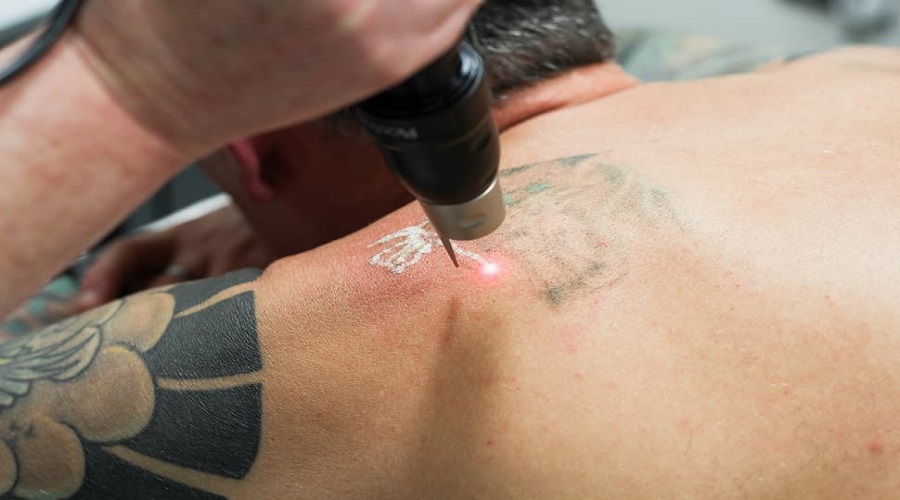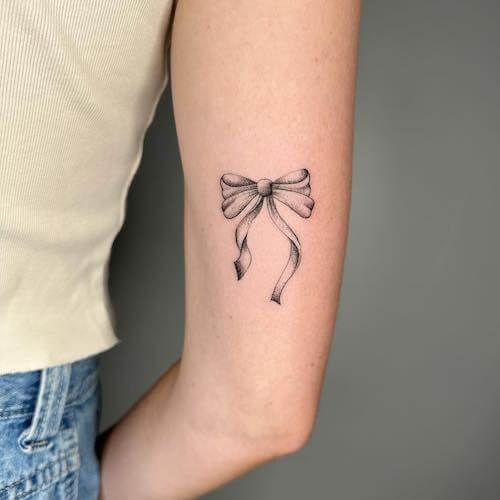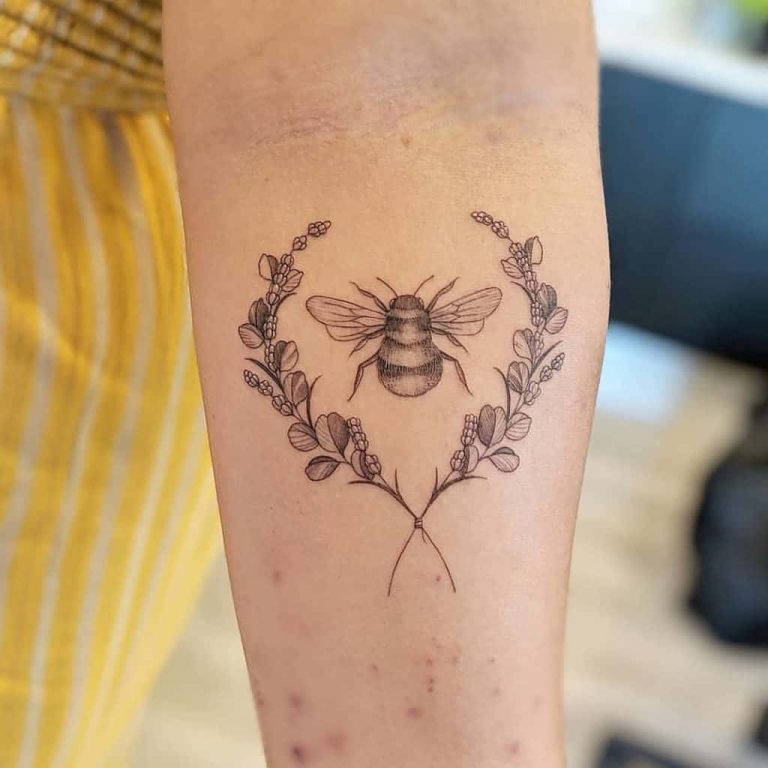There is no one definitive answer to this question as everyone’s pain tolerance is different. Additionally, the size and location of the tattoo can also affect how much pain is experienced during removal. Generally speaking, however, most people report that getting a tattoo removed hurts less than getting one done in the first place.
Laser Tattoo Removal PAIN: How Much Does It Hurt?
If you’re considering getting a tattoo removed, you might be wondering how much it will hurt. The truth is, there is no one answer to this question since everyone experiences pain differently. However, we can give you some general information about what to expect during the tattoo removal process.
The first thing you should know is that the pain from getting a tattoo removed is usually less intense than the pain of getting the tattoo itself. This is because the laser used to remove tattoos targets the ink pigments in your skin and breaks them up into smaller pieces. As a result, most people report feeling a snapping or stinging sensation during treatment.
Of course, how much discomfort you feel during tattoo removal will also depend on the size and location of your tattoo. Smaller tattoos tend to be less painful than larger ones, and tattoos on areas with thinner skin (like the wrist or ankle) are generally more painful than those on thicker-skinned areas (like the back or chest).
If you’re concerned about pain, talk to your doctor or dermatologist about ways to minimize discomfort during treatment.
They may recommend using a topical anesthetic cream or cooling device during your session.
Does Tattoo Removal Leave Scars
If you’re considering tattoo removal, you may be wondering if the process will leave scars. The answer depends on a number of factors, including the type and size of your tattoo, the removal method used, and your skin’s natural healing ability.
Laser tattoo removal is generally considered to be the safest and most effective method available.
However, even with laser removal there is a risk of scarring, especially if your tattoo is large or has multiple colors. Scarring can also occur if the laser isn’t operated properly or if your skin doesn’t heal well after treatment.
Some other methods of tattoo removal (such as surgery or dermabrasion) are more likely to cause scarring than laser removal.
And some people simply have skin that isn’t very good at healing after injury, which means they’re more likely to develop scars from any kind of trauma – including tattoo removal.
If you’re concerned about scarring from tattoo removal, talk to a dermatologist or other medical professional who specializes in this procedure. They can discuss the risks involved and help you make an informed decision about whether this is the right choice for you.

Credit: www.andreacatton.co.uk
Can You Completely Remove a Tattoo?
Yes, you can remove a tattoo completely through a few different methods. The most common method is laser tattoo removal, which uses high-powered lasers to break up the ink pigment and allow your body to naturally dispose of it. Other methods include dermabrasion (a sanding technique) and excision (cutting out the tattooed area).
However, these methods are generally more invasive and may require multiple sessions to achieve complete removal.
Does Getting a Tattoo Removed Leave a Scar?
There are a few things to consider when answering this question. The first is the type of tattoo removal treatment being used. There are three common types of treatments – laser removal, dermabrasion, and surgical excision.
Each method has its own advantages and disadvantages, but all three can potentially leave scars.
Laser tattoo removal is generally considered the safest and most effective method, but it can still cause scarring in some cases. This is usually due to the fact that lasers remove tattoos by breaking up the ink pigments into smaller pieces.
These small pieces can then be absorbed by the body or flushed out through the lymphatic system. However, if the laser isn’t powerful enough, or if it’s not used correctly, it can cause burns or other injuries to the skin that lead to scarring.
Dermabrasion is another popular tattoo removal method, but it’s also one of the most likely to cause scarring.
This technique uses a rotating wire brush or diamond wheel to sand away the top layers of skin, which removes the tattoo along with it.
Can a Tattoo Be Removed in One Session?
Yes, a tattoo can be removed in one session, but it is not recommended. The reason for this is that the removal process is quite intense and can cause a great deal of discomfort. It is best to remove a tattoo in multiple sessions so that the body has time to heal in between each treatment.
Where Does Tattoo Removal Hurt the Most?
There is no one answer to this question as everyone experiences pain differently. However, generally speaking, tattoo removal hurts the most when the tattoo is located in a sensitive area such as the inner wrist, armpit or groin. These areas are often more painful because they have less fat and muscle to cushion the needles.
Additionally, the skin in these areas is thinner which means the needles penetrate deeper.
Conclusion
Most people report that getting a tattoo removed is much less painful than getting the tattoo itself. This is because the removal process generally only affects the top layer of skin, while getting a tattoo involves penetrating much deeper. That being said, everyone’s pain tolerance is different, so it’s impossible to say for sure how much pain you’ll experience during removal.




